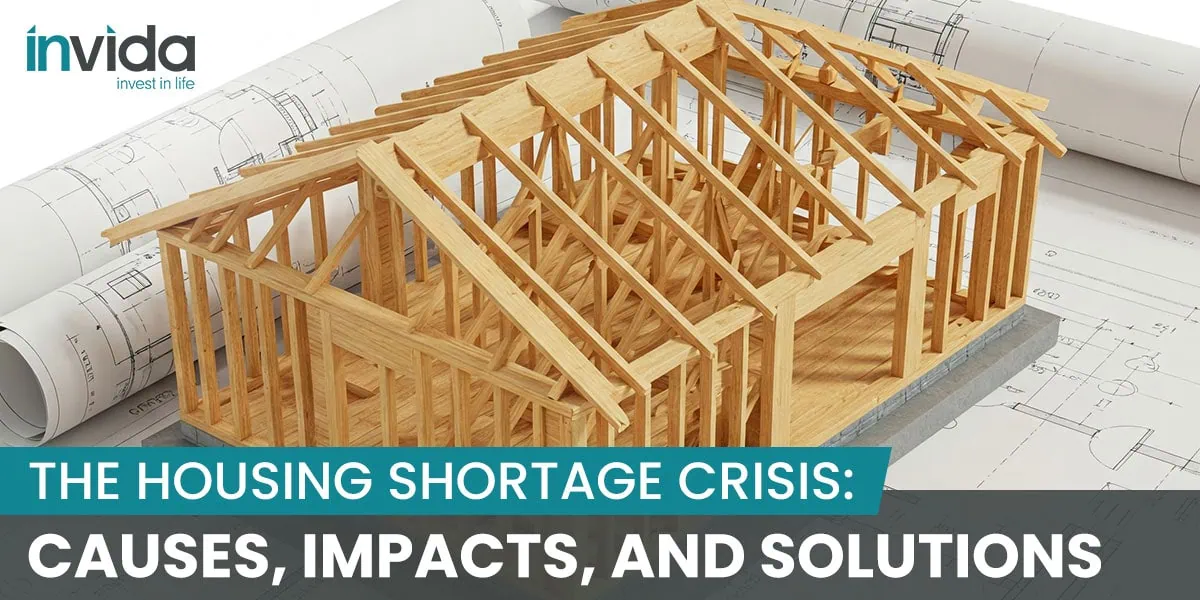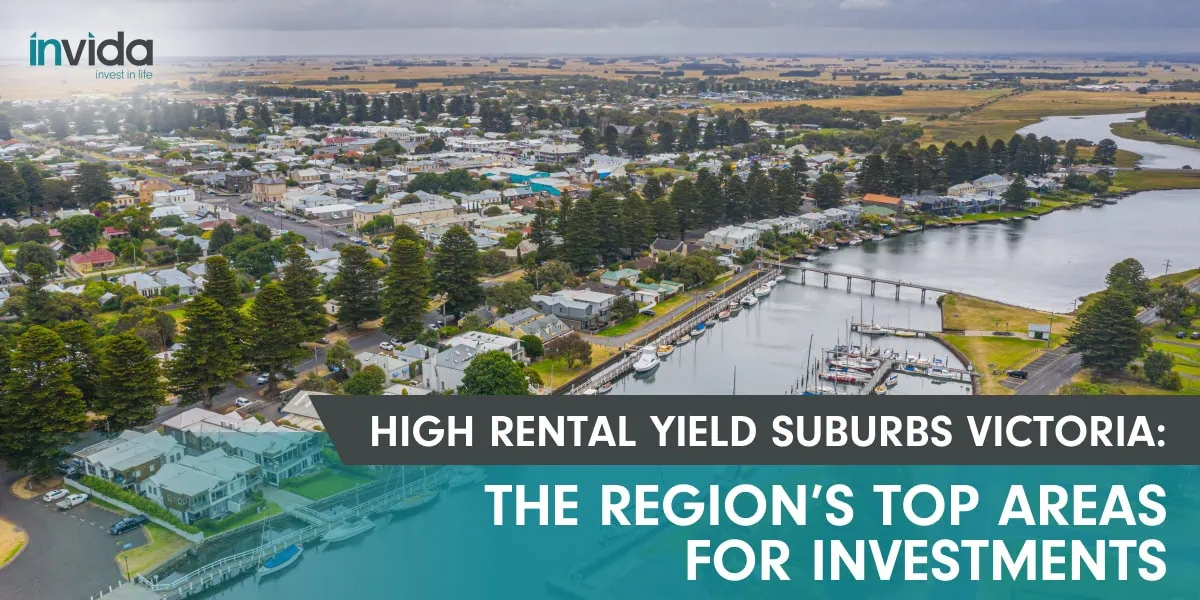Did you know that Australia is in the midst of a housing shortage that’s reshaping the rental market? The once-manageable cost of renting is becoming increasingly unaffordable for many. As rental prices surge and the lack of affordable housing becomes more evident, countless Australians are left wondering whether they’ll ever find a place to live that doesn’t push them to the financial brink.
This ongoing housing challenge isn’t just a problem for renters – it impacts entire communities, local economies and the country’s long-term prosperity. To truly understand the Australian housing crisis, we need to look at the causes, the consequences and the innovative strategies that could help ease the pressure.
What’s Driving the Housing Shortage?
Australia’s housing shortage stems from a combination of increased demand and constrained supply – especially in the rental market.
Key demand-side pressures:
- Population growth – Australia’s steady rise in population, driven by both natural increase and immigration, continues to outpace the number of new dwellings being built.
- Changing household types – There’s been a significant rise in one- and two-person households. This means more homes are needed for this shift.
- Urban preference – A growing desire to live in cities and regional centres with access to transport, jobs and amenities places more pressure on limited rental stock in these areas.
Major supply-side challenges:
- Lengthy planning and approval processes – Delays in local and state development approvals can hold up new rental housing for years.
- Skilled labour shortages – The construction industry continues to face shortages in qualified tradespeople, slowing down build times.
- Rising material costs – Inflation and supply chain issues have driven up the cost of building, affecting affordability for both developers and tenants.
- Limited land availability – In major metro areas, land suitable for development is scarce or highly contested.
- Community pushback – Local opposition to higher-density housing often results in fewer rental developments in key locations.
The Real-World Impacts of Australia’s Rental Crisis
The shortage in affordable housing has ripple effects that go far beyond the rental market itself.
Economic impacts:
- Reduced disposable income – High rent consumes a larger portion of household income, leaving less for essentials like food, healthcare and transport.
- Worker shortages – In areas with high housing costs, businesses struggle to attract and retain employees, particularly in essential sectors like healthcare, education and hospitality.
- Increased reliance on social supports – With more Australians spending a disproportionate share of their income on rent, financial assistance from government and charities is becoming more critical.
Social impacts:
- Rising homelessness and housing insecurity – Families, students and even full-time workers are finding it harder to secure stable, long-term rental accommodation.
- Strained living arrangements – More young adults are forced to live with parents longer and shared housing has become a necessity, not a choice.
- Health and wellbeing concerns – Constant housing and rental stress contributes to anxiety, depression and poor physical health outcomes, particularly among vulnerable populations.
- Growing inequality – The gap between those with secure rental options and those without continues to widen.
According to recent housing shortage statistics, Australia needs to build around 100,000 new homes each year just to keep up with demand – but year after year, we fall short.
Innovative Ways to Tackle the Rental Housing Shortage

Government initiatives like increased housing supply, planning reforms and support for social housing are important. Traditional approaches alone, however, are not enough to address the scale and speed of today’s Australian housing crisis. Here are a couple of innovative solutions to consider:
1. Coliving Communities
- Complete units with shared facilities – Residents have their own space complete with kitchen and living area while sharing workspaces, community areas and the like.
- Lower individual costs – Shared utilities and services make coliving more affordable than solo rentals.
- Smart use of space – By housing more people in less space, coliving maximises density without compromising liveability.
- Ideal for urban centres – Great for young professionals, students and newcomers who value location and lifestyle.
This trend of coliving can play a vital role in easing the housing shortage, particularly in inner-city areas where traditional rental supply is tight.
2. Repurposing Existing Buildings
Across Australia, there are countless unused or underutilised commercial properties – such as former offices, hotels and older institutional buildings – that can be converted into rental housing.
The benefits of adaptive reuse include:
- Faster completion timelines than building from scratch.
- Lower costs due to existing infrastructure.
- Environmental sustainability through reduced construction waste.
- Urban renewal by breathing new life into vacant spaces.
This strategy is especially powerful in cities where land is limited and demand is highest.
Moving Beyond Traditional Solutions with INVIDA
The Australian housing crisis is about more than rising prices – it’s about the growing struggle to secure safe, stable and affordable homes. While traditional strategies are a step in the right direction, innovative approaches like coliving and repurposing existing spaces offer realistic, timely solutions. This is where you and INVIDA step in.
Investing in coliving homes not only provides you with a sustainable income; it also helps solve the housing shortage by providing affordable residences for those who need them. To learn more, don’t hesitate to reach out and talk with us.





